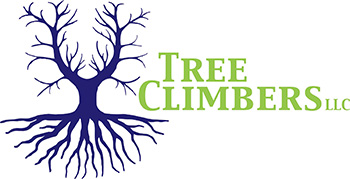When pruning trees, it is important to have the right tool for the job. For small trees, most of the cuts can be made with hand pruners. The scissor-type, or bypass blade hand pruners are preferred over the anvil type. They make cleaner, more accurate cuts. Cuts larger than one-half inch in diameter should be made with lopping shears or a pruning saw. Chain saws can be used on larger cuts if they are sharp and safety protocol is followed. Ladders are generally not recommended due to safety factors with falling branches.
Climbing Spikes or Spurs should never be used for pruning. They open a wound with every step and often spread disease from tree to tree. Your doctor wouldn’t use an old needle. Your trees shouldn’t have to either.
Wound dressings were once thought to accelerate wound closure, protect against insects and diseases, and reduce decay. However, research has shown that dressings do not reduce decay or speed closure and rarely prevent insect or disease infestations. Most experts recommend that wound dressings not be used. If a dressing must be used for cosmetic purposes, then only a thin coating of a nontoxic material should be applied. There are rare exceptions when it is more beneficial to use thin dressings only if it is to reduce the risk of disease transmission for that particular species, time of pruning and prevalent diseases in the area.
